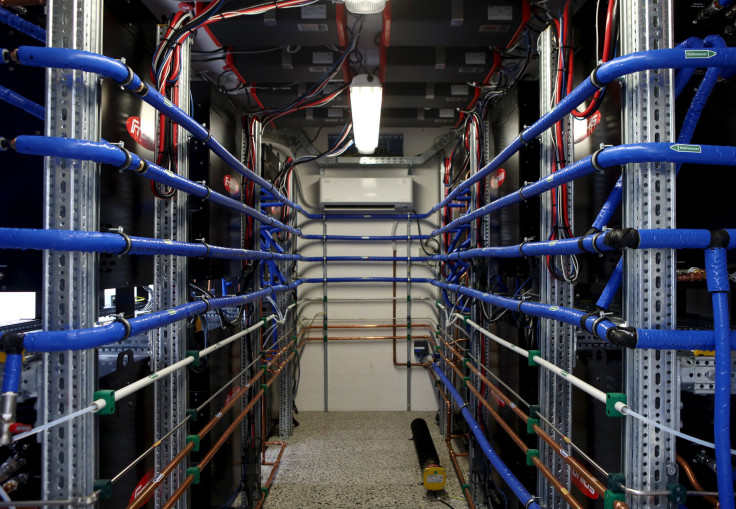Earth's oceans host abundant free hydrogen gas; Discovery may answer life on Earth mysteries

A new study suggests that rocks formed beneath the ocean floor via rapidly-spreading tectonic plates may be a massive free source of hydrogen gas previously overlooked. The finding by Duke University researchers in the US may prove to be a goldmine for scientists as they believe free hydrogen gas (H2) may be responsible for life on Earth.
If found in large quantities, underneath Earth’s oceans, the free hydrogen reserve may be an abundant source of clean energy and a substitute for fossil fuels. Free hydrogen gives off high amounts of energy when burned but does not emit carbon but water.
“A major benefit of this work is that it provides a testable, tectonic-based model for not only identifying where free hydrogen gas may be forming beneath the seafloor, but also at what rate, and what the total scale of this formation may be, which on a global basis is massive,” professor of earth and ocean sciences at Duke and co-author of the study, Lincoln F. Pratson, said in a press release.
A postdoctoral fellow at the University of Texas at Austin, who led the study while she was a doctoral student at Duke, Stacey L Worman, said that the model used in the study predicts that huge amounts of H2 may also be forming within tectonic plates, “regions that collectively underlie roughly half of the Mid-Ocean Ridge.”
The new model takes into account a range of parameters while calculating the amount of free hydrogen gas produced and stored beneath the seafloor. The parameters include the ratio of a site's tectonic spreading rate to the thickness of serpentinised rocks.
The serpentinised rocks have been chemically altered by water once they are lifted up by the spreading tectonic plates. The serpentinisation process produces molecules of free hydrogen gas as a by-product.
The scientists need to now find out where the free hydrogen gas goes after it is produced deep inside the ocean.
“Maybe microbes are eating it, or maybe it’s accumulating in reservoirs under the seafloor. We still don’t know. Of course, such accumulations would have to be quite significant to make hydrogen gas produced by serpentinisation a viable fuel source,” Worman added.





















